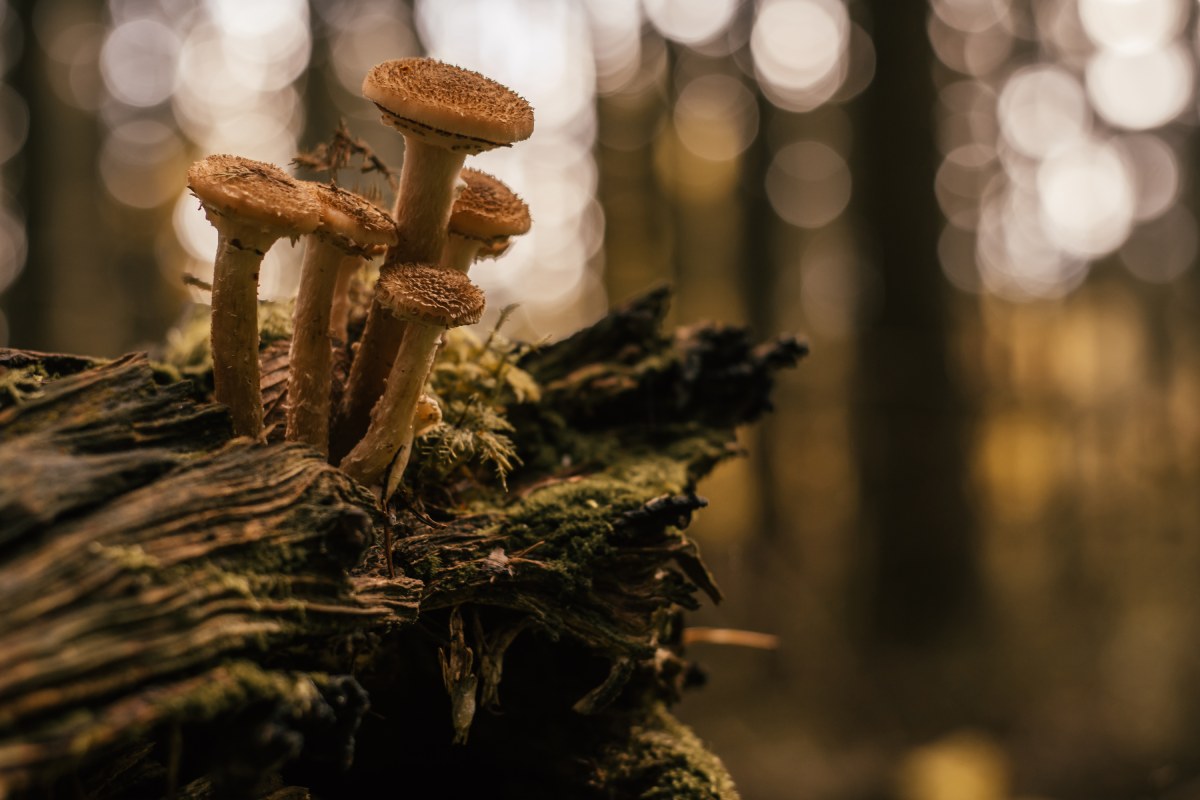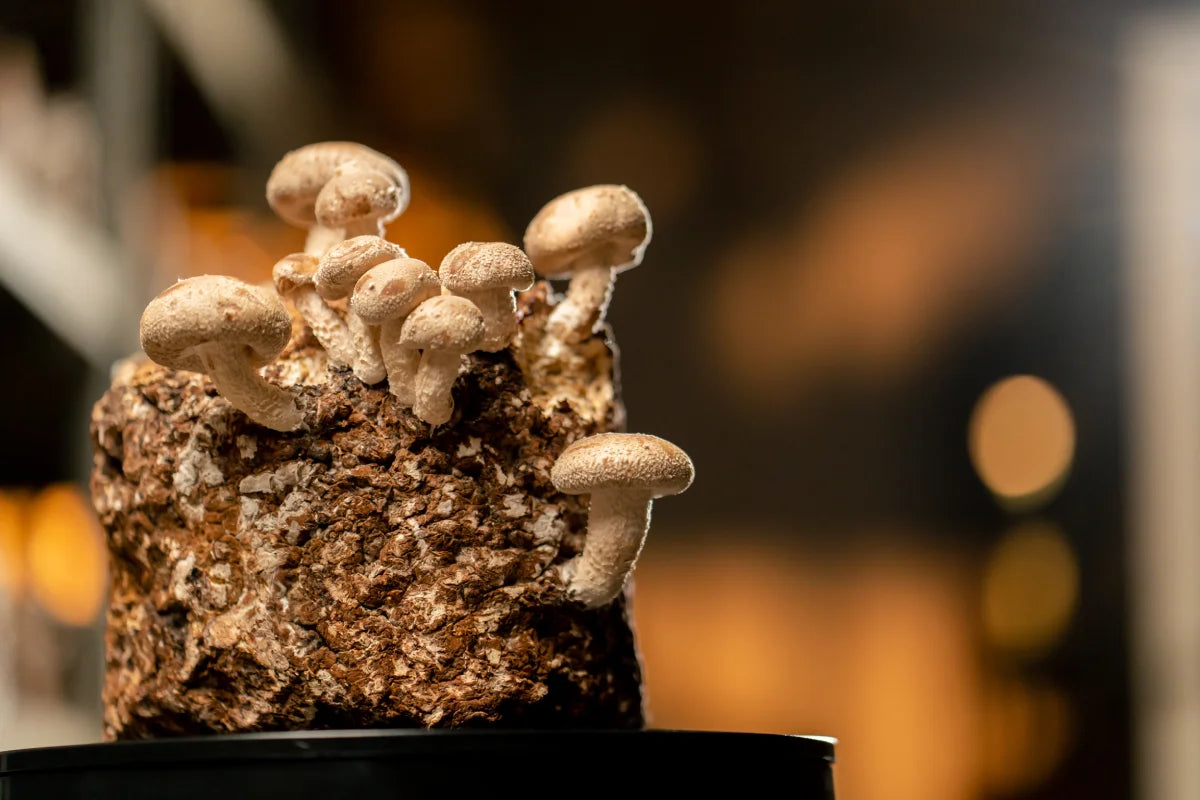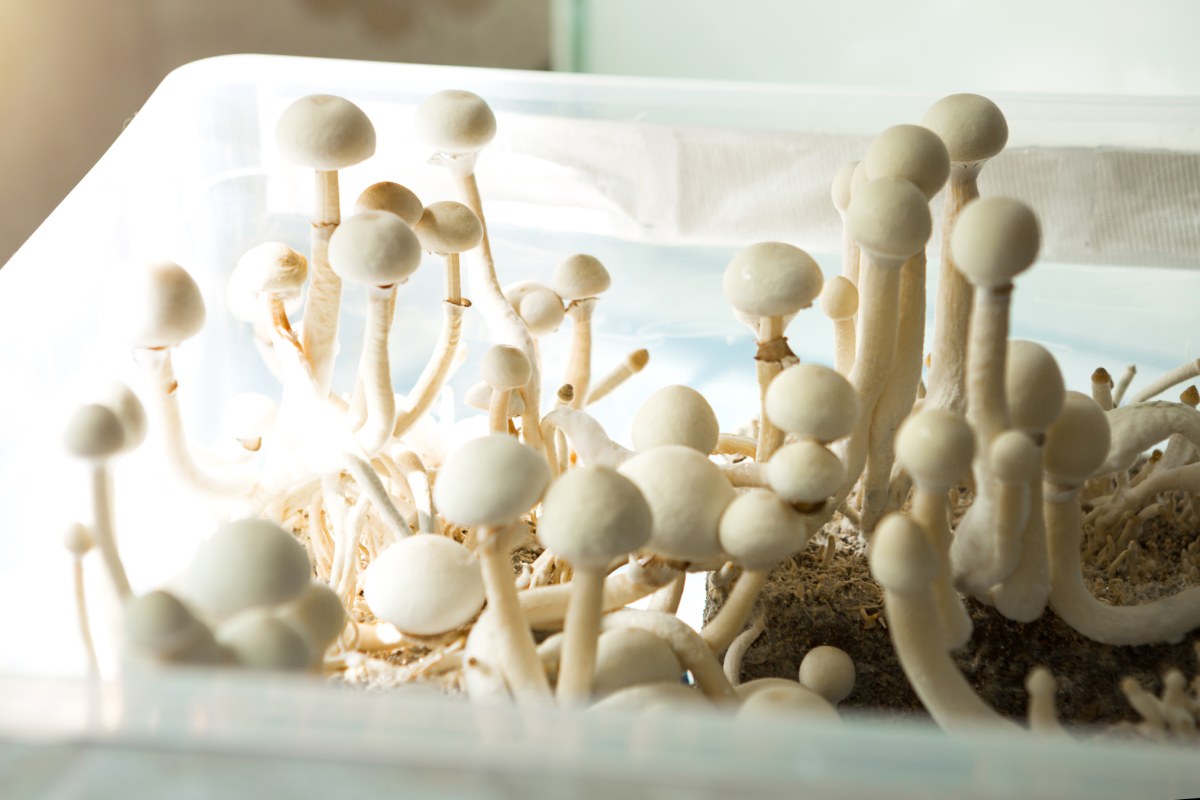
What Trees Do Mushrooms Grow On?
Why Do Mushrooms Grow on Trees?
Mushrooms that grow on trees form a unique relationship, often helping decompose dead or decaying wood, while others establish symbiotic partnerships with living trees. Mushrooms growing on trees can indicate both decay and healthy growth, depending on the mushroom type. Some of these fungi are prized for their culinary or medicinal value, while others play a crucial role in the forest ecosystem by recycling nutrients.
Types of Mushrooms and Their Preferred Trees
Many mushroom species prefer specific types of trees for growth, whether on dead logs, stumps, or as part of a live tree's root system. Here’s a look at common mushrooms and the trees they tend to grow on:
1. Shiitake Mushrooms (Lentinula edodes)
Shiitake mushrooms are known for their earthy flavor and are commonly cultivated on hardwood logs, particularly:
- Oak
- Beech
- Maple
These trees provide the nutrients and structure shiitake mushrooms need, and they are often grown on logs by home cultivators and commercial farmers alike.
2. Reishi Mushrooms (Ganoderma lucidum)
Reishi mushrooms are prized for their medicinal properties and grow well on certain hardwoods, including:
- Maple
- Oak
- Elm
Reishi mushrooms often colonize hardwood stumps and logs, where they decompose the wood over time.
3. Oyster Mushrooms (Pleurotus ostreatus)
Oyster mushrooms are versatile, fast-growing fungi that thrive on many types of wood, such as:
- Aspen
- Beech
- Poplar
Oyster mushrooms grow well on dead or dying wood, making them popular for both wild foraging and home cultivation.
4. Maitake Mushrooms (Grifola frondosa)
Also known as hen-of-the-woods, maitake mushrooms are commonly found at the base of:
- Oak
- Elm
These mushrooms often grow in clusters around the base of these trees, especially when the tree is older or weakened.
5. Chanterelle Mushrooms (Cantharellus spp.)
Chanterelles are known for their delicate, nutty flavor and typically form symbiotic relationships with the roots of certain living trees, particularly:
- Beech
- Birch
- Pine
These mushrooms are often found near the tree roots, growing in soil enriched by the trees they associate with.
6. Lion’s Mane Mushrooms (Hericium erinaceus)
With their unique appearance, lion’s mane mushrooms grow primarily on hardwoods, such as:
- Beech
- Oak
These mushrooms are found growing on dead or decaying hardwood trees and are known for their culinary and medicinal uses.
7. Morel Mushrooms (Morchella spp.)
Morels are highly sought after for their unique flavor. They’re commonly found near or under:
- Elm (especially dead or dying elms)
- Ash
- Apple (in old orchards)
Morels have a preference for disturbed soils and are often seen near dead trees or in recently burned areas.
Tips for Growing Mushrooms on Logs
If you’re interested in growing mushrooms at home using logs, follow these steps:
- Select Fresh Logs: Choose freshly cut logs from the desired tree species. The logs should be cut during the tree’s dormant season (late fall to early spring) and aged for a few weeks to ensure they are free from contaminants.
- Inoculate with Mushroom Spawn: Drill holes into the log and insert mushroom spawn. Seal the holes with wax to protect the spawn and encourage colonization.
- Place in a Shaded, Humid Area: Keep the inoculated logs in a shady, moist area, such as under a tree or in a covered space. Water as needed to keep the logs moist.
- Wait for Colonization: Logs may take several months to a year to fully colonize before mushrooms begin to fruit. Check periodically and keep the logs damp to encourage growth.
Final Thoughts on Trees and Mushroom Growth
The relationship between mushrooms and trees is an essential part of natural ecosystems, as fungi help decompose wood, enrich the soil, and sometimes even support tree health. Whether for foraging or home cultivation, understanding the preferences of each mushroom species for specific trees can help you find or grow delicious, nutrient-packed mushrooms. With a little patience and knowledge, you can enjoy the bounty of mushrooms that trees support.
Frequently Asked Questions
- Can I grow mushrooms on any tree? No, mushrooms tend to prefer certain types of wood. Always research the ideal tree types for the specific mushroom species you plan to grow.
- How long does it take for mushrooms to grow on logs? Most mushrooms take anywhere from 6 months to over a year to fruit after inoculating a log, depending on the species and conditions.
- Are mushrooms that grow on trees edible? Some mushrooms that grow on trees are edible, while others are not. Always identify mushrooms carefully before consuming, as some can be toxic.


